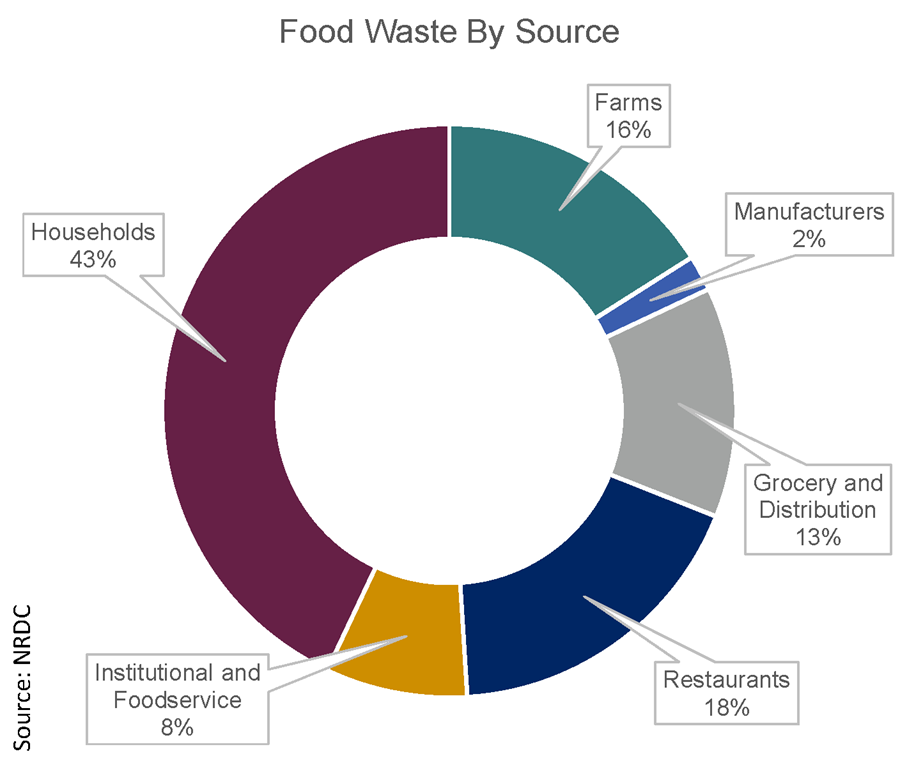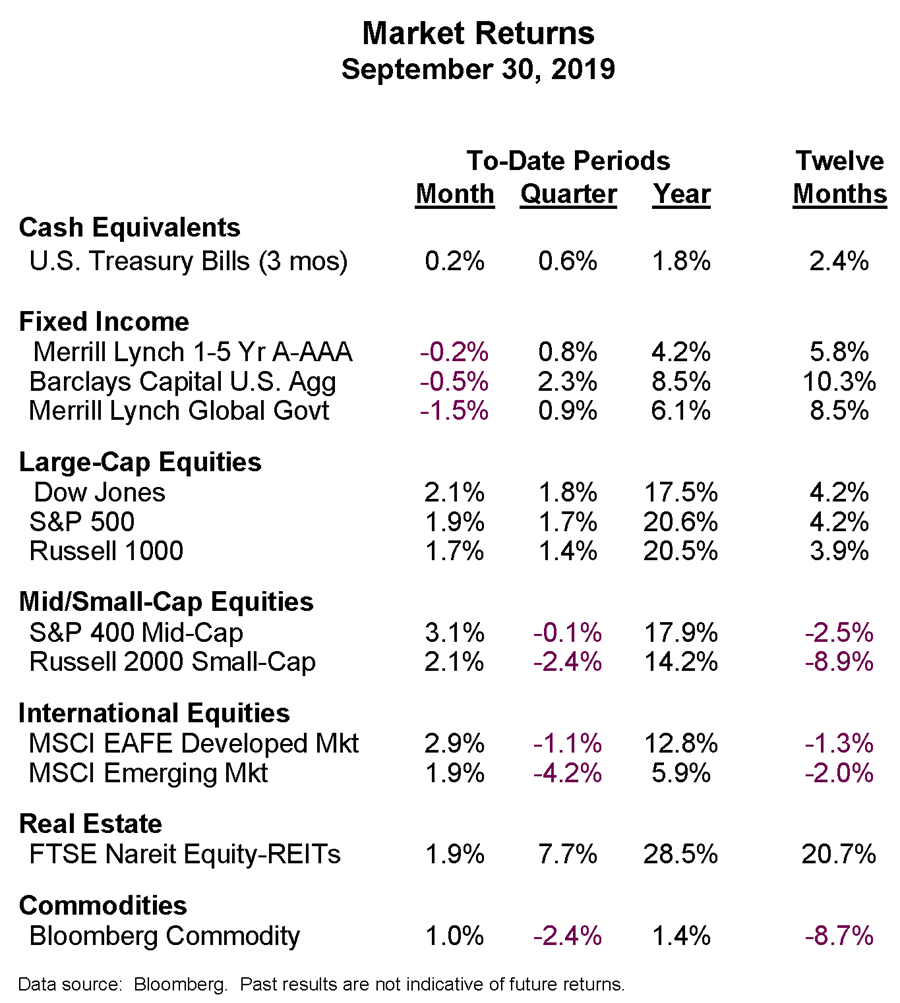What A Waste
By Robert A. McCormick

Folks,
And it seems they don’t know they’ve expired. These squishy little orbs still hang tightly to the bunch I brought home from the grocery store two weeks ago. Being a responsible grape connoisseur, I pluck the moldy ones and wash the rest before eating. Yet, this particular bunch has been parked behind the fresher, one-week-old bag of grapes – still unopened in the fridge.
My wife Julia, on the other hand, glances over at my remediation efforts and responds that it is time to toss the entire batch since many of the non-fuzzy grapes are suspect. Clearly, I should have washed (and eaten) them long before 14 days had passed. I just need to let them go.
Of course, it’s not just grapes we and most other households throw out. One study estimates that over 40% of all food produced gets tossed for one reason or another. This study calculates the cost to be about $1,800 annually per household. The EPA concluded that wastage is so severe, food is the single biggest resident of municipal landfills, making up more tonnage than either plastics or paper. Which is pretty amazing given all the food packaging that ends up in landfills.
The negative by-products of all this rubbish is not only land-fill stuffage but over-farming, needless energy and water consumption, and numerous other environmental side effects such as excessive methane gas in the atmosphere.
The topic of food wastage is complex though, as every step in the process from farm to mouth creates its own pressures for adding to the landfills, as seen in the graphic below. The natural demand for plentiful and perfect-looking food creates many of these pressures. Fortunately, there are efforts along the chain to reduce the waste.

For example, the packaged food industry has worked to simplify and standardize the date labels so that there is less confusion and less discarding good food from the grocery store. There are now two date options: “Use by” for perishable foods that should be thrown out after the date specified and “Best if used by” for other items that may not be as high quality after the date but can still be safely consumed, at least for a while. There is also pending legislation that mirrors these voluntary industry standards.
Simple seems better than complicated. Time will tell if it has a significant impact.
I probably need to adjust my shopping and food prep habits. It would certainly help with the household budget. I’m also thinking I could use an app that warns me when those red grapes in my fridge are about ready to turn green. Alexa, if you’re listening…
Cheers,
Bob
Market Returns
The stock market had a good September in spite of continued trade war concerns and an increase in the likelihood of impeachment. One reason for the gain: much of the recent economic news has been slightly better than expected, especially for the consumer. And for a change of pace, international stocks outperformed U.S. equities. Bonds posted negative returns due to a slight increase in interest rates.


Robert A. McCormick, CFA, CAIA
Senior Executive Vice President & COO
(918) 744-0553



